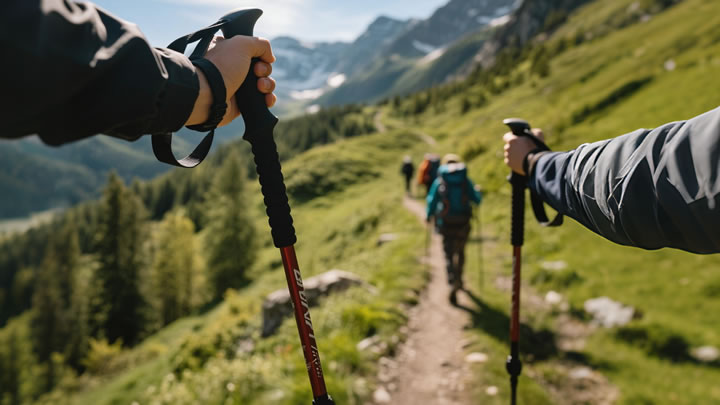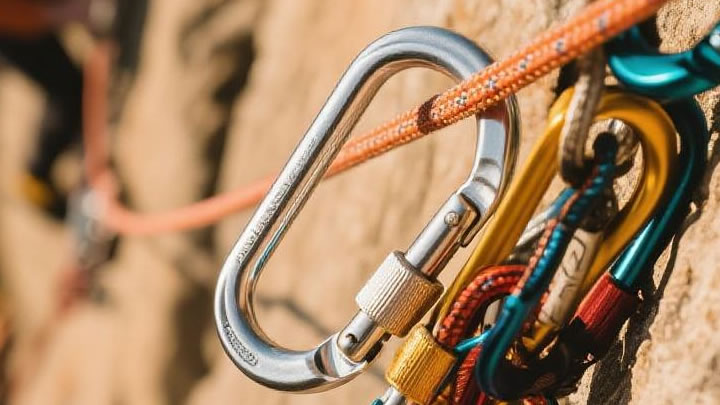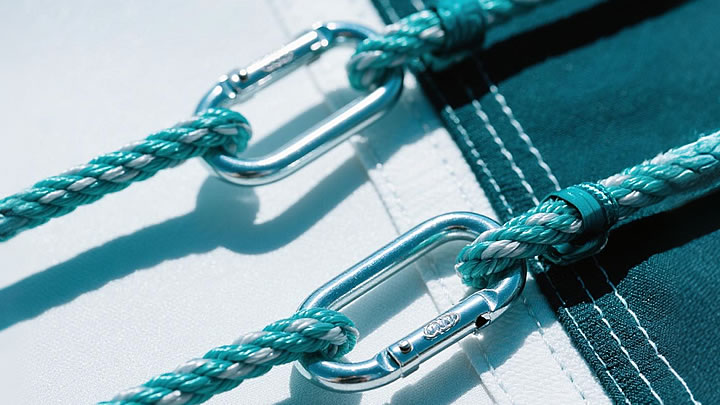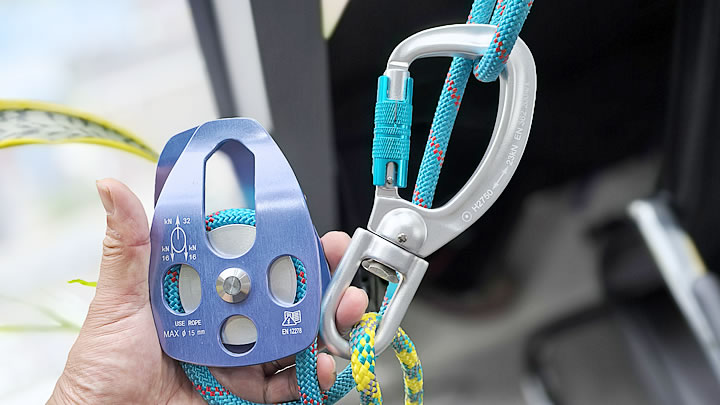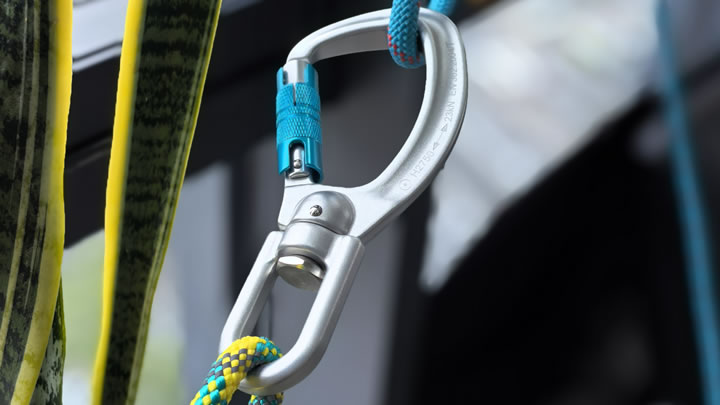Best insulated camping storage boxes for keeping food cold.
Keeping food cold during camping trips is critical for safety and enjoyment. Insulated storage boxes combine ruggedness with advanced cooling technology, but their performance varies widely. Here’s how to choose the right one and maximize ice retention.
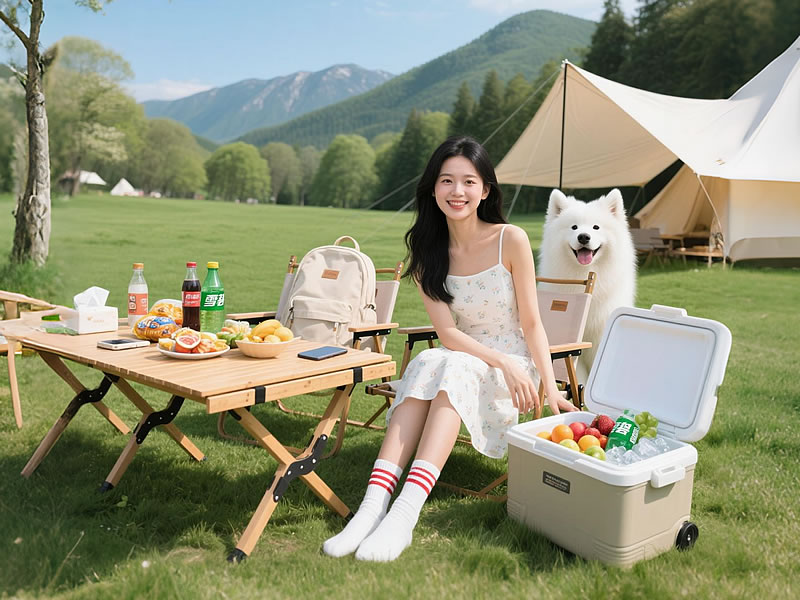
1. What Makes a Camping Box Truly "Insulated"?
- Thick Walls (3+ inches): Rotomolded designs (e.g., YETI, ORCA) trap cold air better than thin foam.
- Certified Ice Retention: Look for boxes tested to keep ice for 5+ days (ideal for weekend trips).
- Airtight Seals: Rubber gaskets and locking latches prevent warm air intrusion.
2. Top Insulated Boxes for Different Needs
Premium Pick: YETI Tundra 45
- Ice Retention: 7+ days in 90°F weather.
- Durability: Bear-resistant certification and puncture-proof walls.
- Extras: Non-slip feet, tie-down slots, and optional dividers.
Budget-Friendly: RTIC 52-Quart Cooler
- Performance: Matches YETI at half the price but heavier (36 lbs).
- Design: Rust-resistant hinges and integrated bottle opener.
Lightweight Option: ORCA 40-Quart
- Material: 100% American-made rotomolded plastic.
- Eco Bonus: UV inhibitors protect against sun damage.
Soft-Sided Pick: Arctic Zone Titan Deep Freeze
- Flexibility: Holds ice 24–36 hours; ideal for kayak or backpack trips.
- Space-Saving: Collapsible and leak-proof liner.
3. Key Features to Prioritize
- Bear-Proofing: Required in parks like Yellowstone; opt for IGBC-certified models.
- Drainage System: A no-leak plug simplifies melted ice disposal.
- Portability: Wheels or ergonomic handles are crucial for 40+ quart boxes.
4. Maximizing Cooling Efficiency
- Pre-Chill the Box: Store it in a cool place 24 hours before packing.
- Ice Ratio: Use 2:1 ice-to-contents ratio (e.g., 20 lbs ice for 10 lbs food).
- Layer Smartly:Bottom: Block ice or frozen gel packs.Middle: Food/drinks (group by meal type).Top: Crushed ice to fill gaps.
- Avoid Frequent Opening: Pack beverages in a separate cooler.
5. Maintenance and Longevity Tips
- Cleaning: Use mild soap and dry thoroughly to prevent mold.
- Storage: Keep lids slightly open to air out odors.
- UV Protection: Apply a UV-resistant cover if left outdoors.
6. When to Consider Alternatives
- Dry Ice: Lasts longer but requires ventilation (use in well-insulated boxes only).
- Electric Coolers: For RV campers with power access (e.g., Dometic CFX3 45L).
Final Verdict
For most campers, rotomolded boxes like the YETI Tundra or RTIC 52-Quart offer the best balance of ice retention and durability. Soft-sided options suit short trips, while bear-proof models are essential in wildlife areas. Pair your box with reusable ice packs and strategic packing to extend cooling efficiency.

